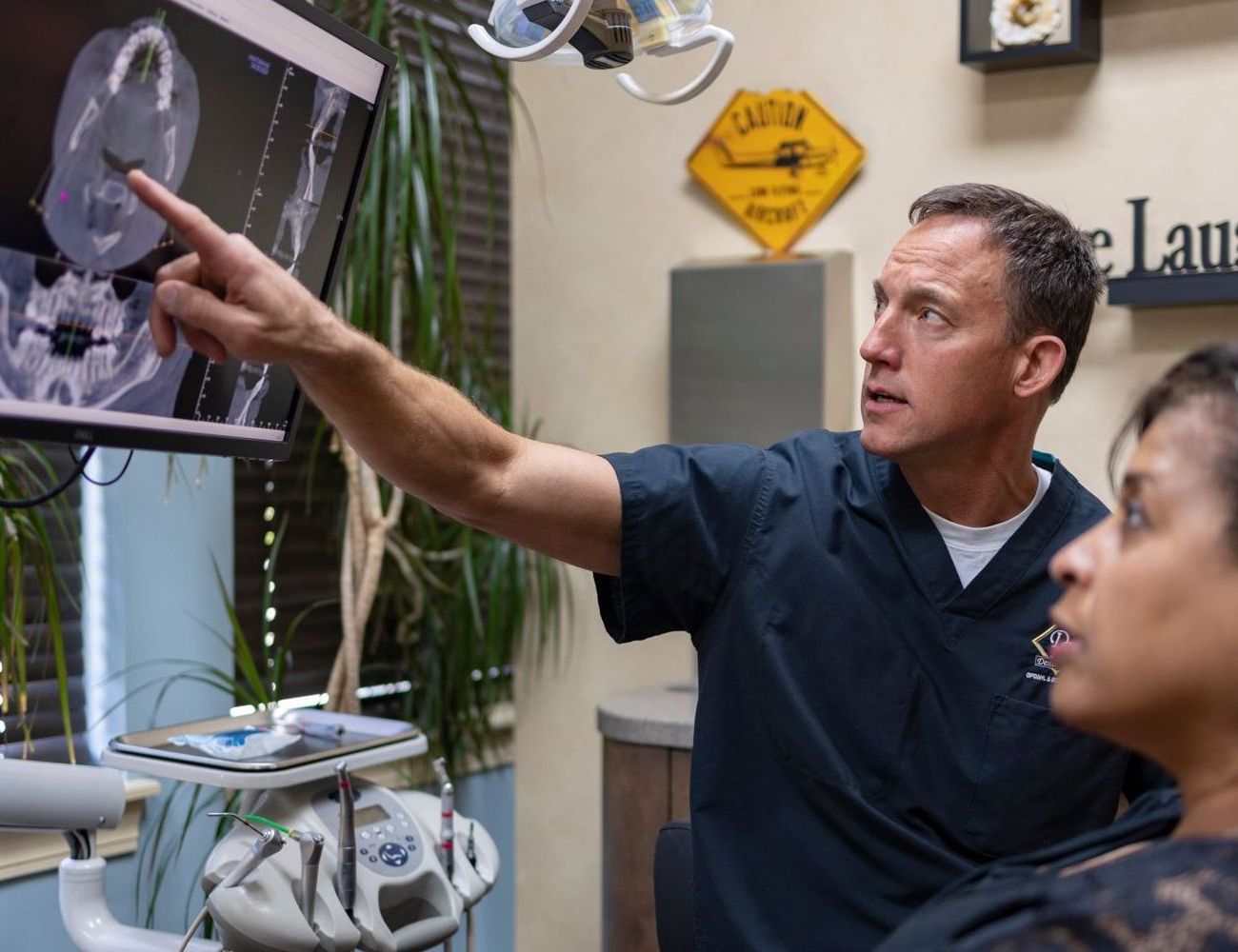Oral Cancer Screenings
Oral cancer screenings play a crucial role in early detection and treatment of oral cancer, a potentially life-threatening disease. According to current oral cancer statistics, the incidence of oral cancer is on the rise, with an estimated 54,000 new cases reported in the United States each year. It is more common in individuals over the age of 40, particularly in males, but it can affect people of any age.
Certain demographics are considered high risk for oral cancer, including tobacco and alcohol users, individuals with a family history of oral cancer, those with prolonged sun exposure, and people infected with human papillomavirus (HPV). However, it's important to note that oral cancer can also occur in individuals without these risk factors.

- Patient History and Risk Assessment: We review the patient medical and dental history, including any known risk factors for oral cancer. This information helps in evaluating the individual's overall risk profile and determining the need for further screenings or monitoring.
- Visual Examination: During a routine dental check-up, our dentists will visually inspect the oral cavity, including the lips, gums, tongue, and inner cheeks, for any abnormalities such as red or white patches, sores, lumps, or unusual discoloration.
- Physical Examination: We may perform a physical examination using gloved hands to feel for any unusual masses or swelling in the head, neck, and oral cavity.
- Additional Tests: In some cases, additional tests may be performed to aid in the detection of oral cancer. This can include the use of special lights or dyes to identify abnormal cells or the collection of tissue samples for biopsy.
- Education and Awareness: As part of the oral cancer screening process, our dentists may provide education and raise awareness about the signs and symptoms of oral cancer, the importance of self-examination, and lifestyle factors that can contribute to its development.
Early detection of oral cancer through regular screenings significantly increases the chances of successful treatment and improved outcomes.
By identifying suspicious lesions or abnormalities in the oral cavity at an early stage, dentists can refer patients for further evaluation, biopsy, and appropriate medical intervention, potentially saving lives. It is important for individuals, especially those at high risk, to maintain regular dental visits and be proactive in discussing oral cancer screenings with their dental healthcare providers.